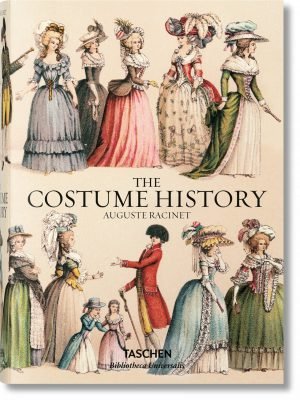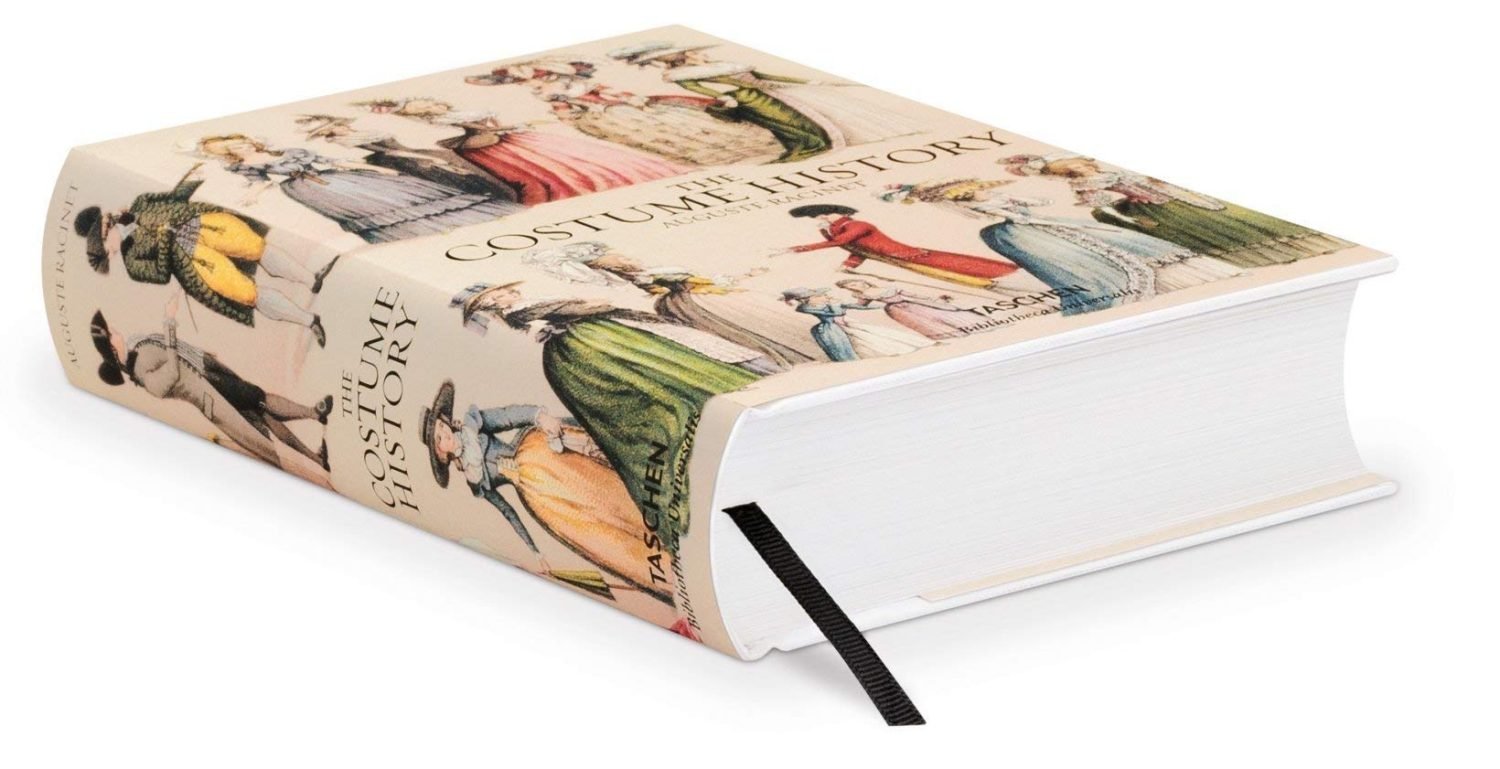Costumes of the late Middle Ages. Fourtenth century. The period is one of lavish use of color.
Tag: Museum Extension Project
Costume of an ancient Persian king and his archer.
Costume history of the ancient world. Persian king and his archer.
Egyptian Costumes of the New Kingdom from c. 1550 to 1070 BC
Costumes of the Egyptian New Kingdom from approximately 1550 to 1070 BC
Gothic middle class fashion 11th to 13th century. Medieval period.
History of Costume. MIDDLE AGES. MIDDLE CLASS. 1000 A.D – 1300 A.D.
Clothing in Egyptian Old Kingdom. The Golden Age.
The Ancient Egyptians themselves regarded the era as the Golden Age and the pinnacle of their culture.
Costumes of the Middle Kingdom of Egypt 2040 to 1782 BC.
The Egyptian Middle Kingdom is often referred to as the feudal era. Most usually associated with the Pyramids, the Sphinx, and the Pharaohs.
India Mughal aristocracy. The costume of ancient Mughal emperors.
The two figures shown here are of the Mogul aristocracy. Both men wear as their essential garment a peculiarly tailored coat called the “cabays”.
Feminine Elizabethan ensemble of the 16th c. England Tudor era.
The woman shown here might very well be the Queen herself.

Auguste Racinet. The Costume History by Françoise Tétart-Vittu.
Racinet's Costume History is an invaluable reference for students, designers, artists, illustrators, and historians; and a rich source of inspiration for anyone with an interest in clothing and style. Originally published in France between 1876 and 1888, Auguste Racinet’s Le Costume historique was in its day the most wide-ranging and incisive study of clothing ever attempted.
Covering the world history of costume, dress, and style from antiquity through to the end of the 19th century, the six volume work remains completely unique in its scope and detail. “Some books just scream out to be bought; this is one of them.” ― Vogue.com









